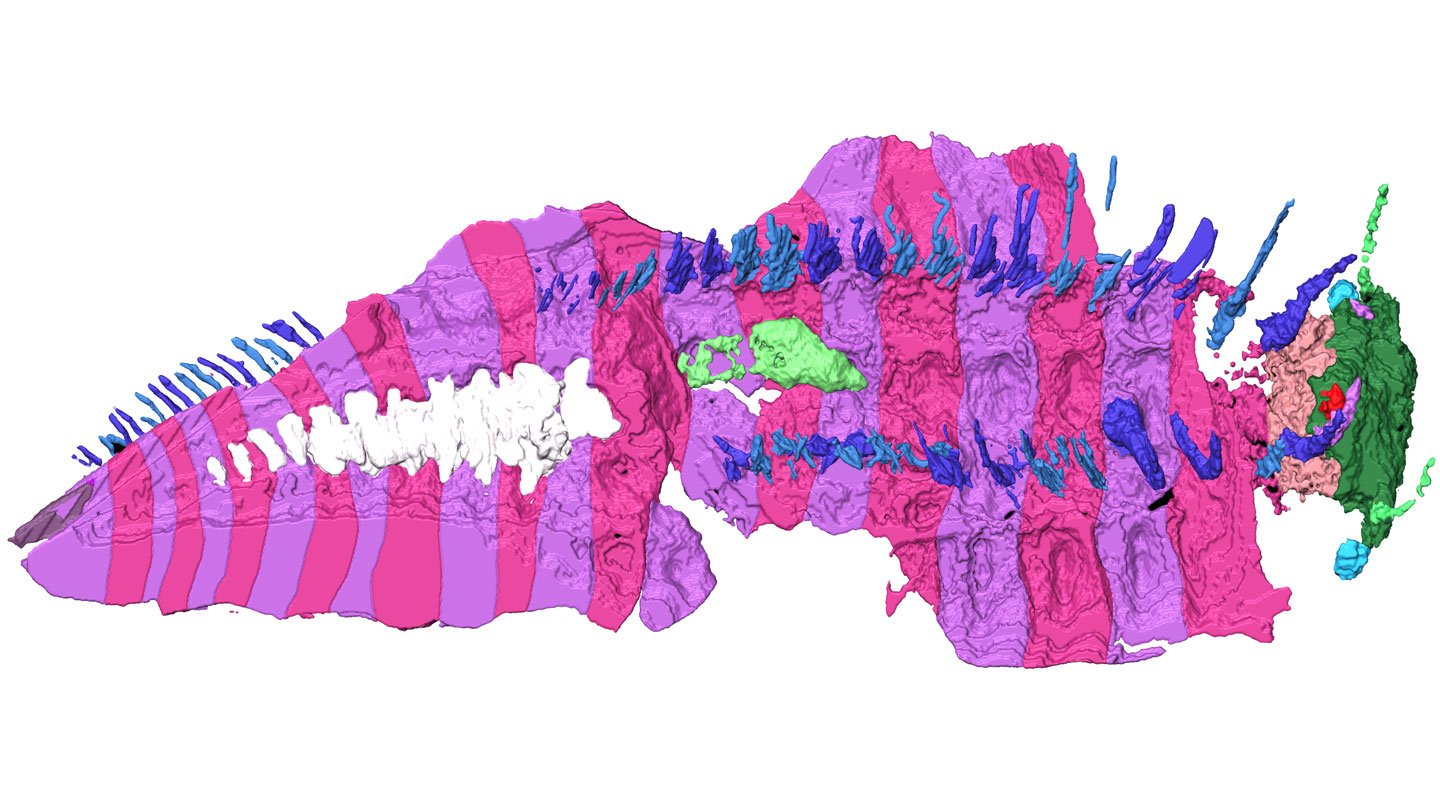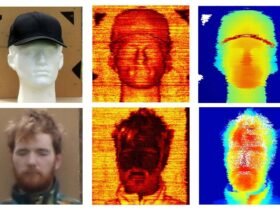
Two newly discovered fossils are helping scientists wrap their heads around the anatomy of the largest arthropod of all time — a millipede that grew longer than a king-sized bed and lived between 346 million and 290 million years ago.
Arthropleura was discovered in 1854, but no one had ever managed to find a fossil that included a head. “It was more than 100 years since we start trying to find a head. And now we finally have one,” says Mickaël Lhéritier, a paleontologist at Claude Bernard University Lyon 1 in France.
Micro CT scans of the fossils, unearthed from present-day France, reveal never-before-seen details about the giant millipede’s anatomy, including its antennae, eyes, mandibles and other feeding appendages, Lhéritier and colleagues report October 9 in Science Advances.
Until now, scientists had assumed that Arthropleura would have had a head more like its modern millipede relatives (SN: 12/21/21). However, the fossils reveal a more intermediate state in the lineage’s evolution, Lhéritier says.
“Arthropleura has the body of a millipede, like for example, with two pairs of legs per [body] segment, but also the head of a centipede,” he says, noting that the mouthparts are particularly centipedelike. Still, anatomical observations as well as phylogenomic data places Arthropleura squarely in the millipede camp, Lhéritier’s team contends.
Though the specimens provide a wealth of information about Arthropleura, there’s a lot left to learn about this mighty millipede, including what it might have eaten and whether it walked on land, underwater or was capable of both. For instance, the new fossils also reveal that Arthropleura had stalklike eyes, rather like a crab, says Lhéritier, and that alone suggests that the creature may have had a lifestyle that involved water.
Finally, scientists still don’t know whether both sexes grew to enormous sizes, or how long it took juveniles to grow into the full largesse that made Arthropleura a world-record holder.
Who knows what the next new finding might reveal?
Source link













Leave a Reply